The planet is home to some fascinating and incredible species. Some of them receive plenty of attention, while some don't. Have you ever heard about the hairy frog? Do you know anything about the African Albino Giraffe? It's time to discover some of the most peculiar, lesser-known, and fascinating animals that inhabit planet earth.
Dumbo Octopus

This strange marine monster acquired its name from the Disney movie that goes by the same name. The largest one measured was 5.9 feet long. The genus contains 13 species, but they're all adorable!
Pacu Fish
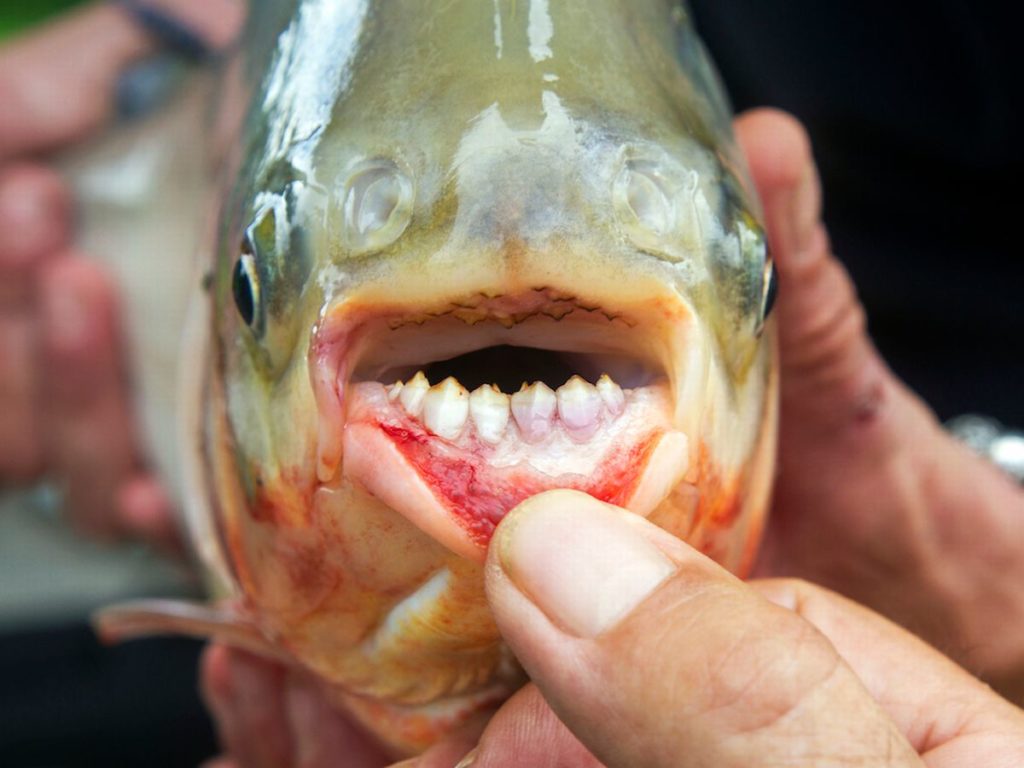
Is there anything that looks familiar to you? The human-like teeth of this fish are its most distinctive feature. Though they generally have their habitat in South America, one pacu fish made its presence felt off the shore of New Jersey.
Patagonian Mara
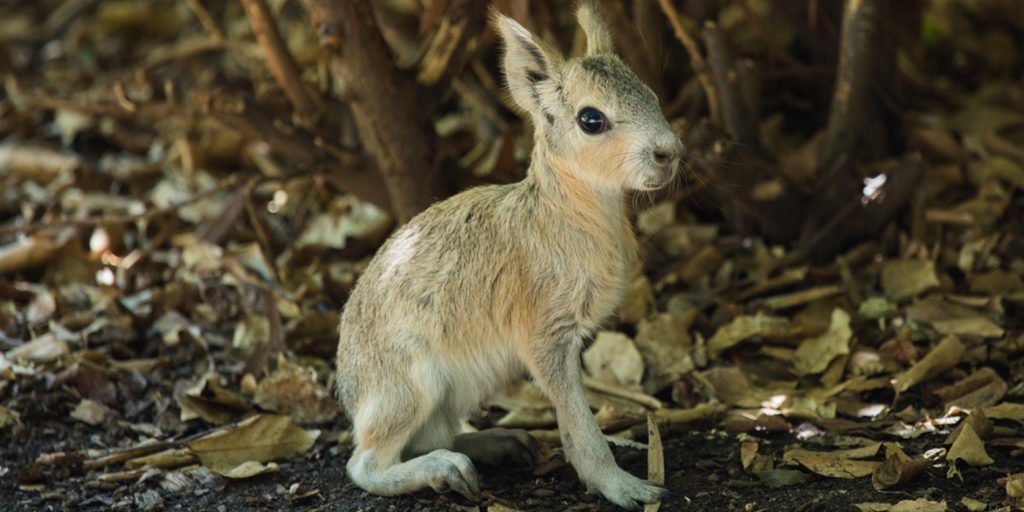
We want to bring this animal home. The Patagonian Mara is a rodent, even though it resembles a hybrid of a rabbit and a deer.
Dik Dik
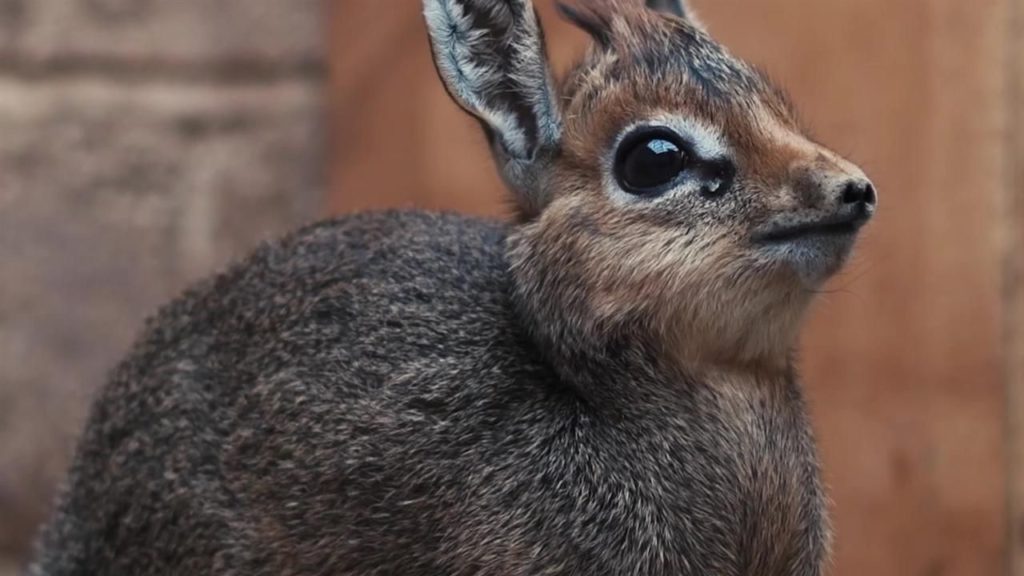
This adorable tiny creature, found in the bushlands of south and east Africa, looks for bushes and fruits to eat. You can also call them Madoquas.
White-Headed Vulture
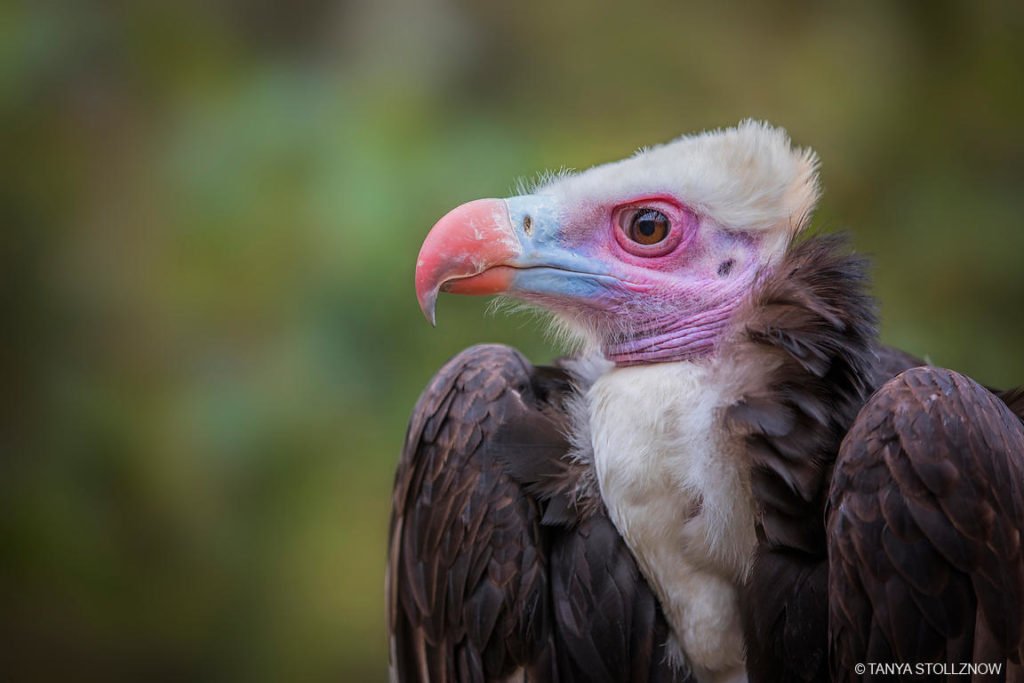
The African continent is home to this endangered bird. Due to the toxic substances in the carcasses they consume, their numbers have decreased over the years.
Hooded Grebe
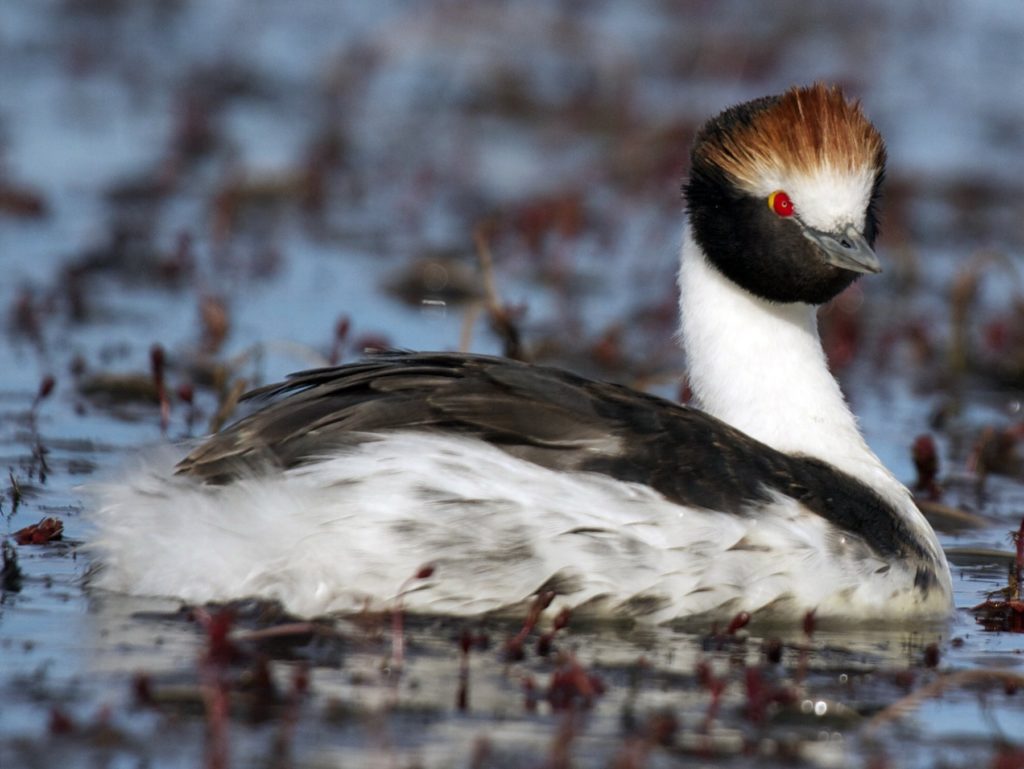
Native to South Argentina, the bird may reach a length of 32 cm. Its population has come down over the past few decades. Today, it is highly endangered.
Pink Fairy Armadillo
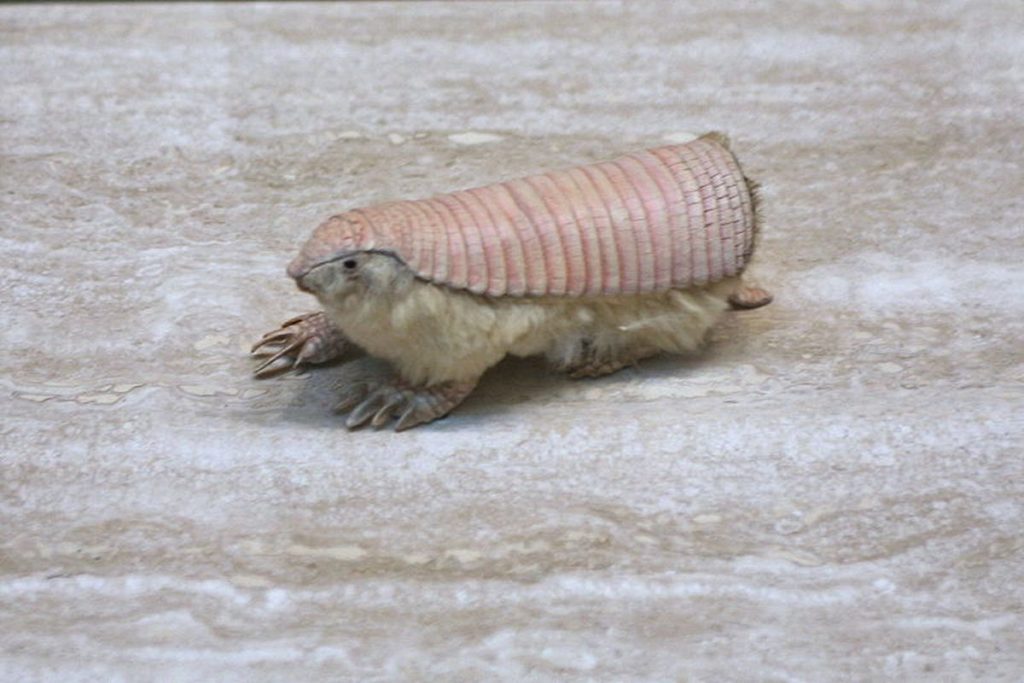
Approximately 3–4 inches long, it is known as the smallest species of Armadillo. Although they are hard to spot, they frequently inhabit Argentina's plains and grasslands.
Narwhal
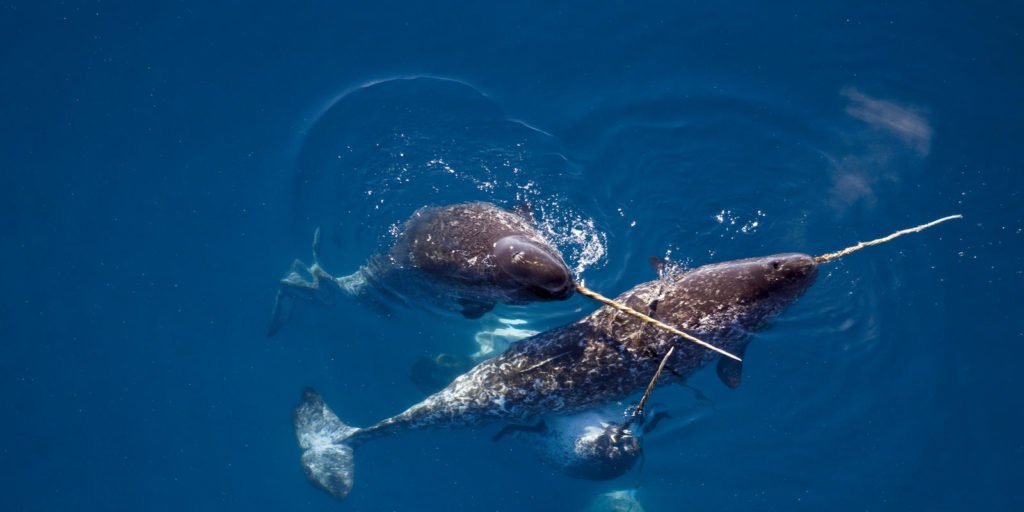
This whale species, you might have seen in Elf, has a sizable tusk protruding from a canine tooth. You can find them near Russia, Canada, and Greenland. They are not swift until predators try to hunt them.
Maned Wolf
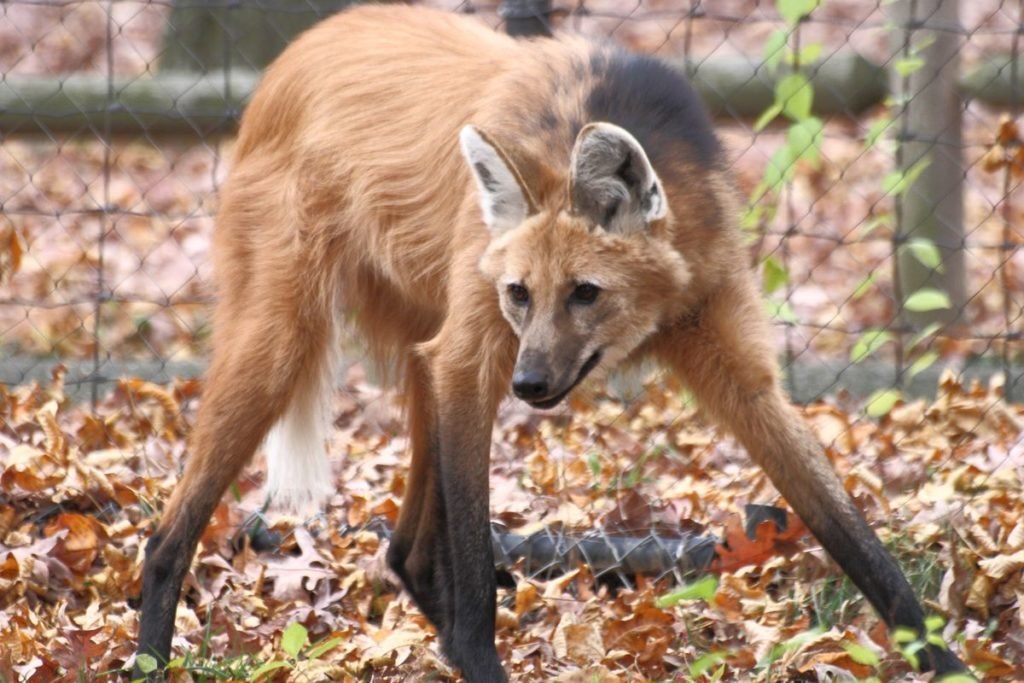
Known to have red and brown fur on its body, the maned wolf is a canine living on the South American continent. Though it resembles a fox and is called a wolf, this animal is neither of them.
Giant Isopod

The cold, deep waters of the Atlantic, Pacific and Indian Oceans are where you may locate this bug. It has a hard shell for protection, like its relative, the pillbug.
Goblin Shark

The Goblin Shark, one of the most uncommon and frightening species of sharks, is occasionally referred to as a living fossil. It has spent around 125 million years in the water.
Gerenuk

Because of its long neck, many refer to the gerenuk as the giraffe gazelle. The animal is almost on the verge of extinction. The gerenuk eats plants only.
Red-Lipped Batfish

These crawlers look like crabs. Peru and the Galapagos Islands are their usual habitats. Their relatives are the rosy-lipped batfish. They can crawl on the ocean floor thanks to their rod-like pelvic fins.
Aye Aye

This long-fingered lemur is the world's largest nocturnal primate and is indigenous to Madagascar. Its thin middle finger and teeth resemble those of a rodent.
Panda Ant

The panda ant isn't technically an ant. It is a wasp from the family of velvet ants. Found on arid shores like those in Chile, they may kill victims with a single poisoned sting. Panda Ants can be very dangerous.
Tufted Deer
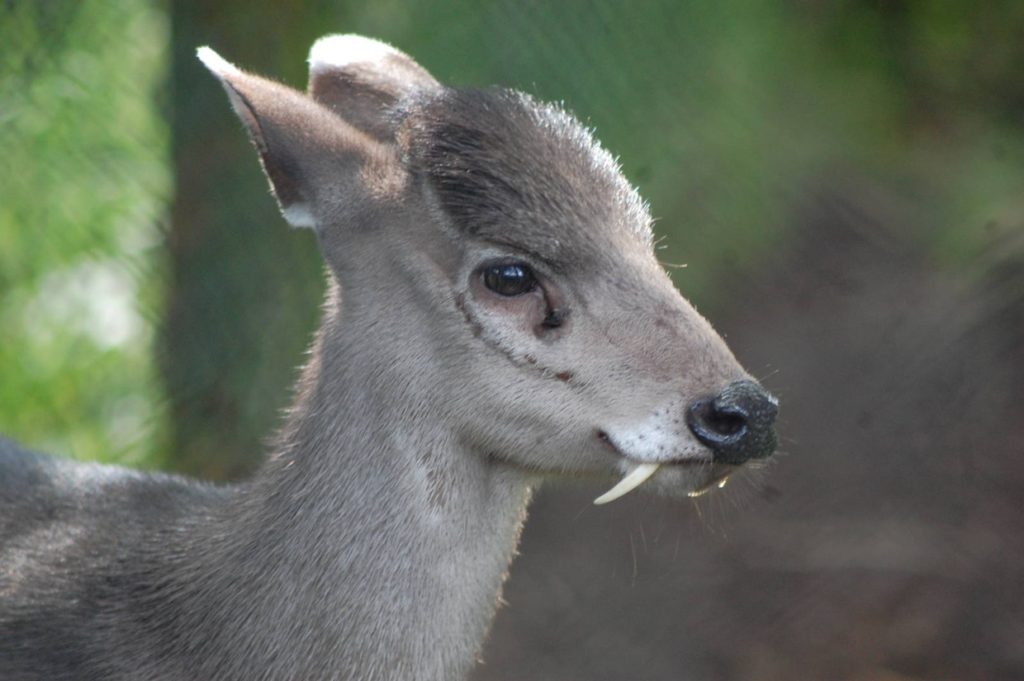
These creatures with fangs have a charming appearance. Only the males have such distinctive fangs. Due to its look, the tufted deer resembles a muntjac.
Regent Honeyeater

Southeast Australia is home to the Regent Honeyeater. According to reports, it falls in the endangered category. The bird was the most common inhabitant of the region once. If the Regent Honeyeater is protected, it will positively affect the other species in the area.
Irrawaddy Dolphin

These oceanic blobs eat fish, crustaceans, and cephalopods. Southeast Asia and the Bay of Bengal are where you may find them most frequently. An adult typically weighs 420 pounds.
Giant African Land Snail

Beware of these sluggish creatures. Angiostrongylus cantonensis, a rat parasite, is known to thrive in them. They have a ridged tongue instead of teeth, with which they can rasp their food.
Dugong
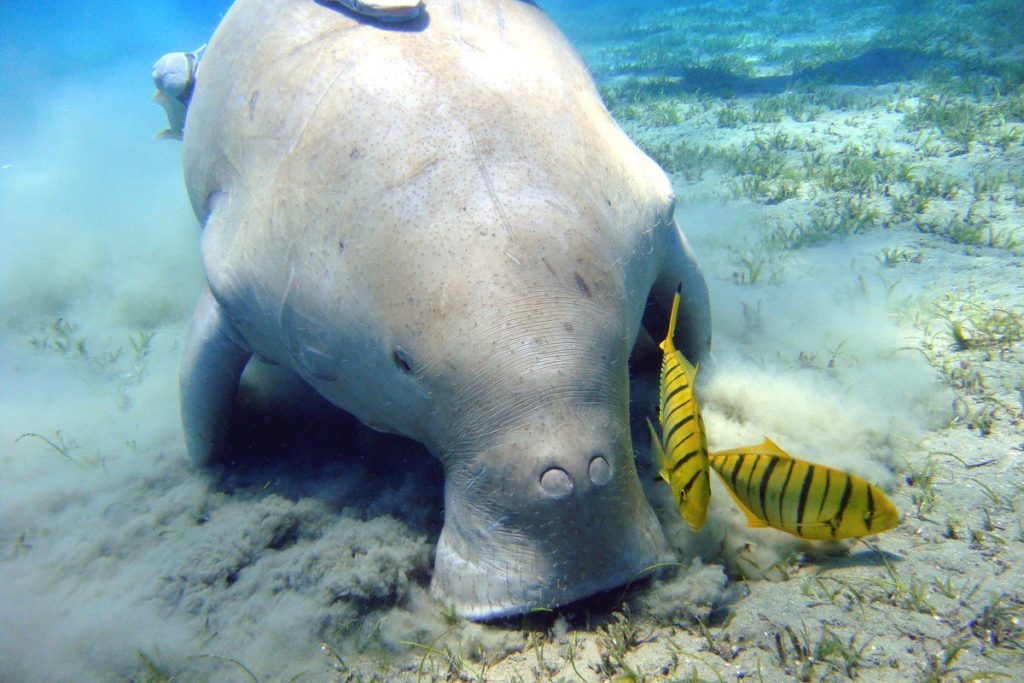
A relative of the Steller sea cow, an extinct species now, the dugong is known as the vacuum cleaner of the sea. They are renowned for having excellent hearing but poor eyesight.
Yellow-Eyed Penguin
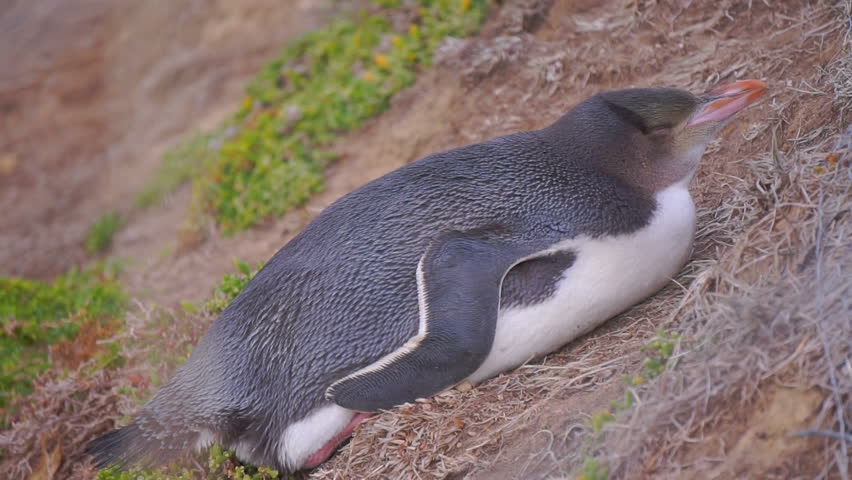
Another name for the yellow-eyed penguin is Hoiho. These flightless birds are native to New Zealand. They choose quiet neighborhoods dotted with trees, logs, or riverbanks.
Lamprey
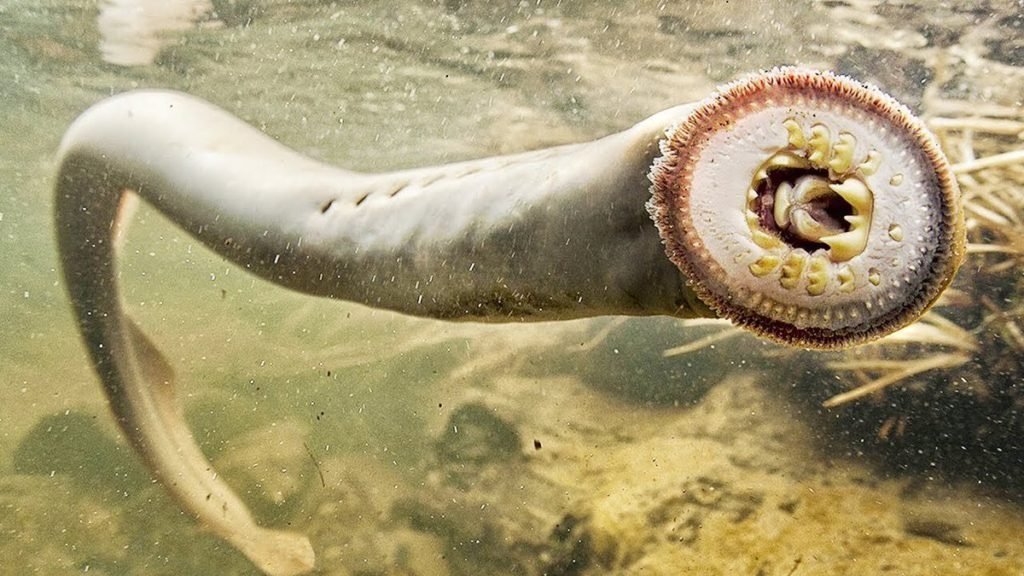
The fish with no jaws may be like a creature from Stranger Things, but it is a genuine fish. It doesn't have a jaw and resembles a snake. It has a toothy and scary mouth.
Mantis Shrimp
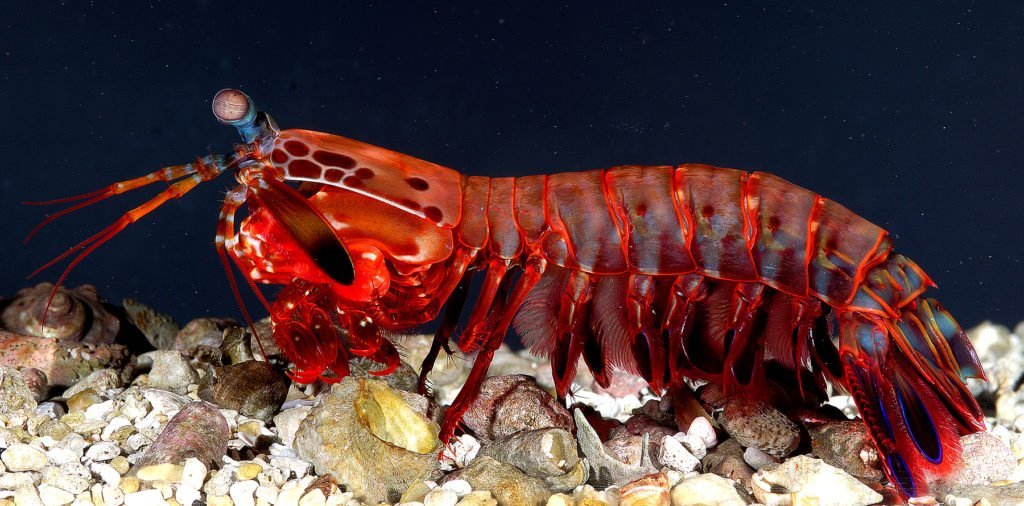
The mantis shrimp has stunning colors and sharp clubs. The species has existed for around 410 million years.
Bush Viper
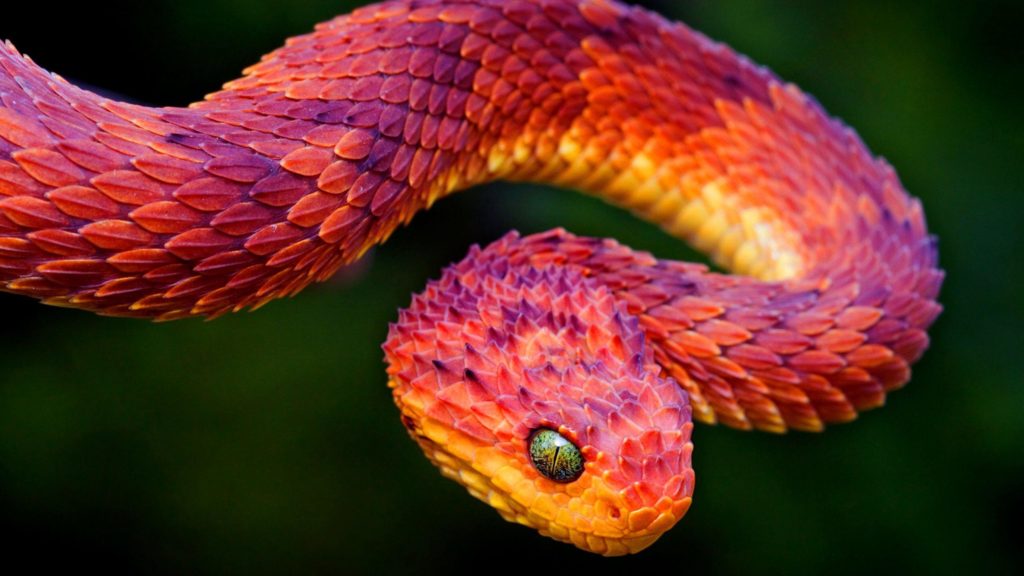
You find deadly vipers only in Sub-Saharan Africa. They prefer to live among blooming shrubs and rainforests.
Star-Nosed Mole

The wet, low parts of North America are home to the serially monogamous star-nosed mole.
Hairy Frog
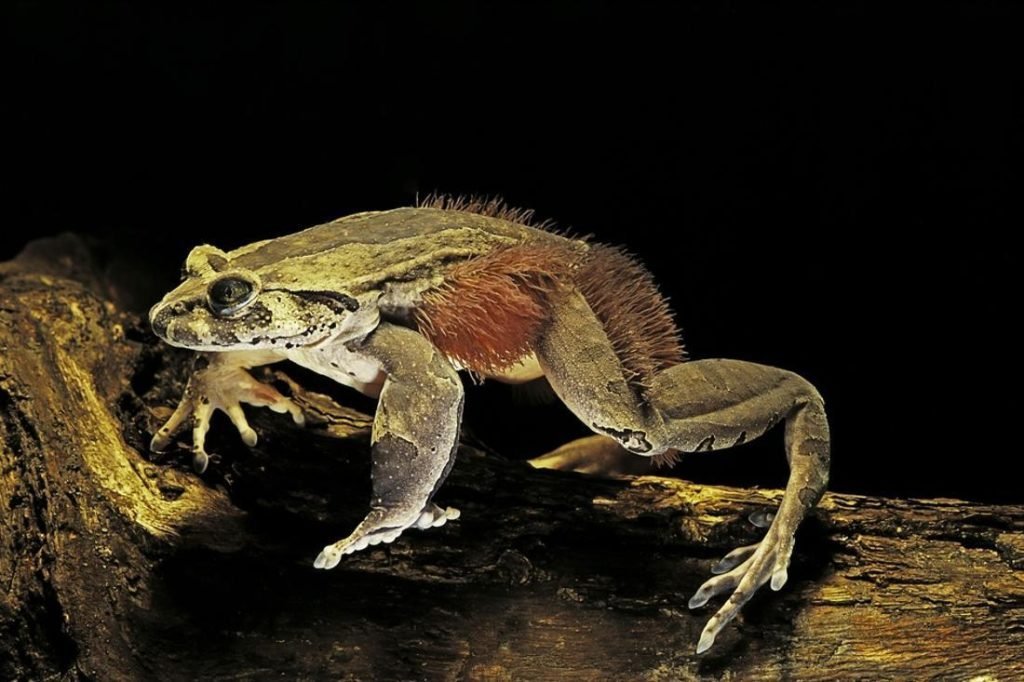
The horror frog and the Wolverine frog are two of the numerous names the hairy frog has. The breeding males have hair on their legs and torsos. It is known to be a frightening creature.
Sunda Colugo
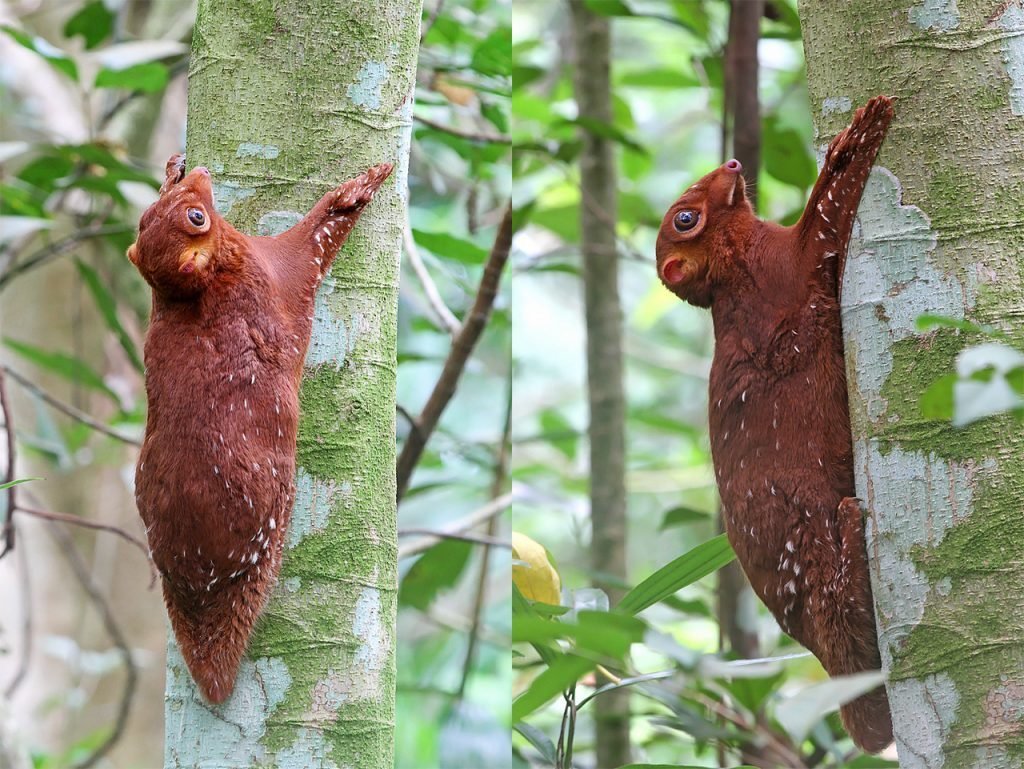
Aside from Singapore, Malaysia and Indonesia are home to this species of flying lemur. There are just a few flying lemur species restricted to the Philippines.
Saiga Antelope
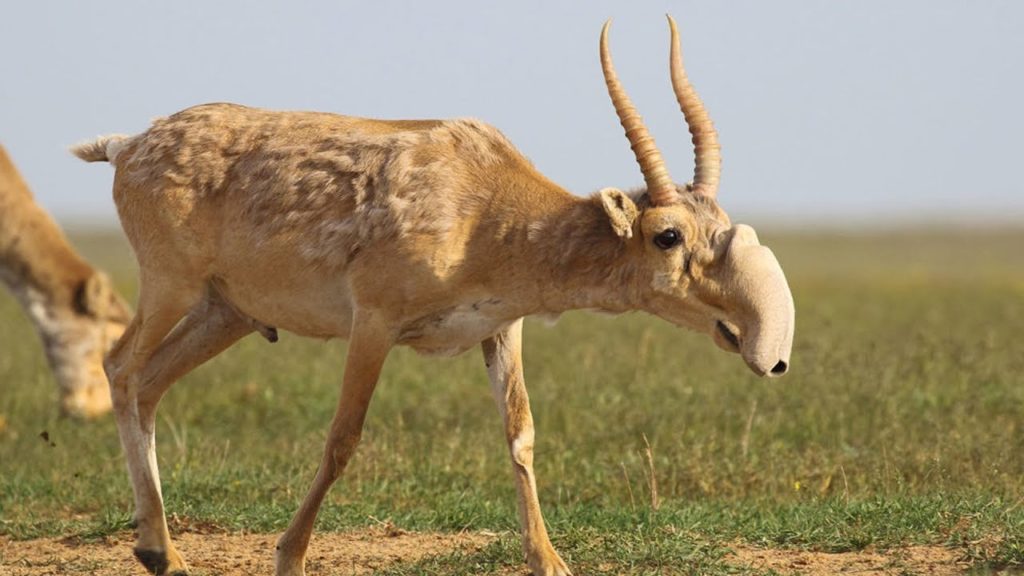
When chased by predators, this big-nosed antelope can gallop up to 80 mph or even faster. Your luck should favor you if you want to go after a saiga antelope.
Yeti Crab
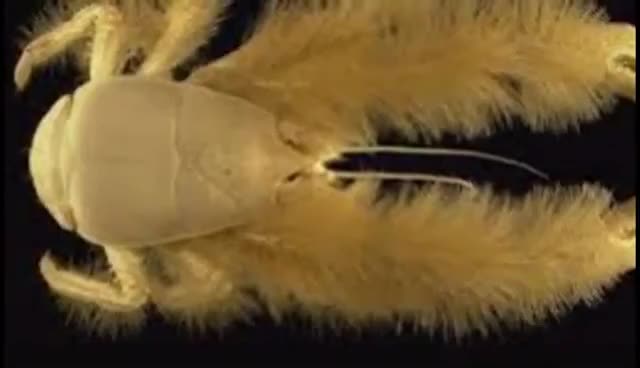
This crab, discovered in 2005, has lengthy claws coated in silky blonde setae. It took the scientists a year before they found the second species of this creature.
Blue Parrotfish
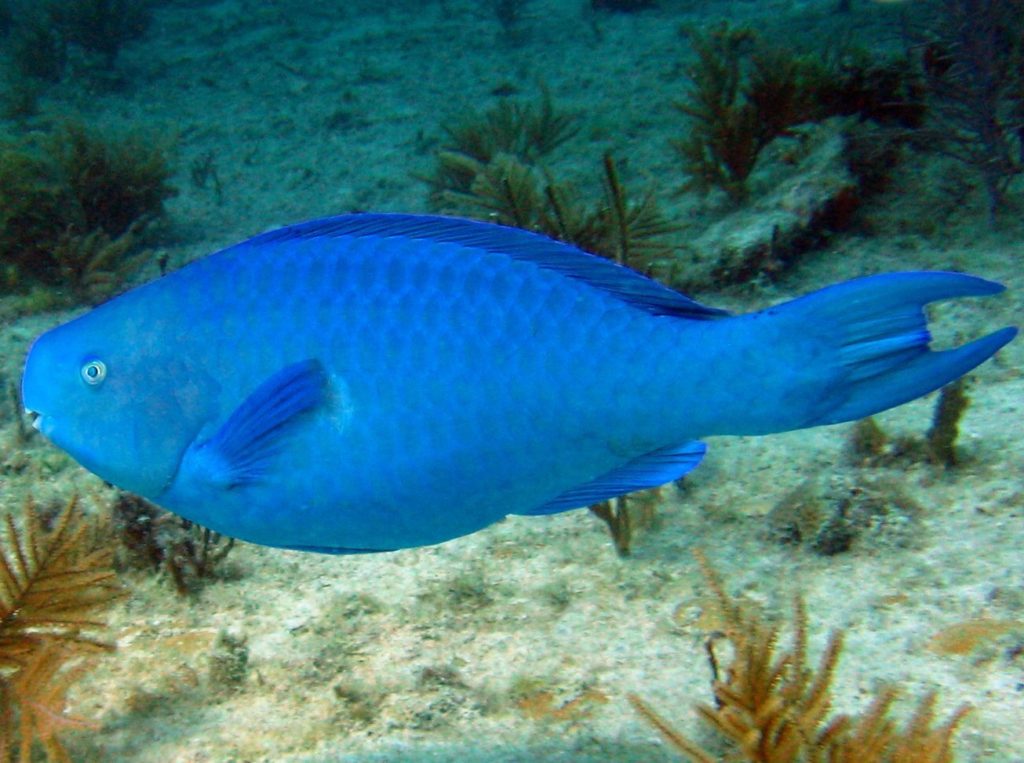
Only the coral reefs and shallow waters of the tropical Caribbean and Atlantic Oceans are where these stunning blue-colored fish reside. Many have a yellow spot on their heads at birth that eventually goes away.
Superb Bird of Paradise
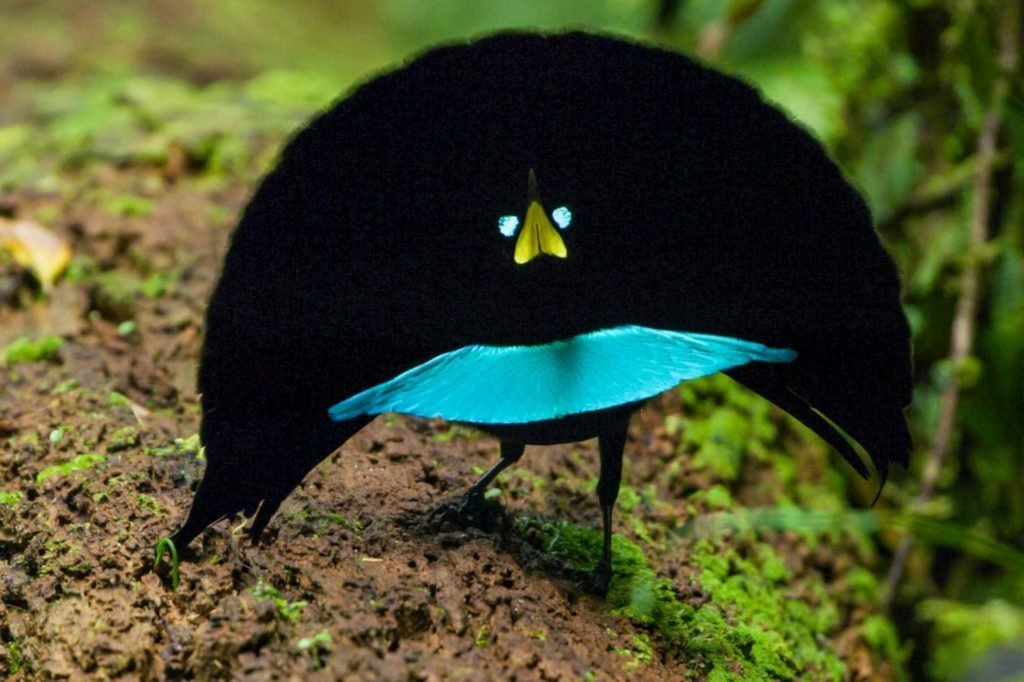
There are three in the species. The superb bird of paradise is one of them. They are common in New Guinea's jungles. You can distinguish them by their striking plumage and displays.
Indian Purple Frog

Unsurprisingly, India is where one may find this frog. The pig nose frog is another name for it. This frog spends the majority of its existence underground, emerging only occasionally during the year to reproduce.
Blob Fish
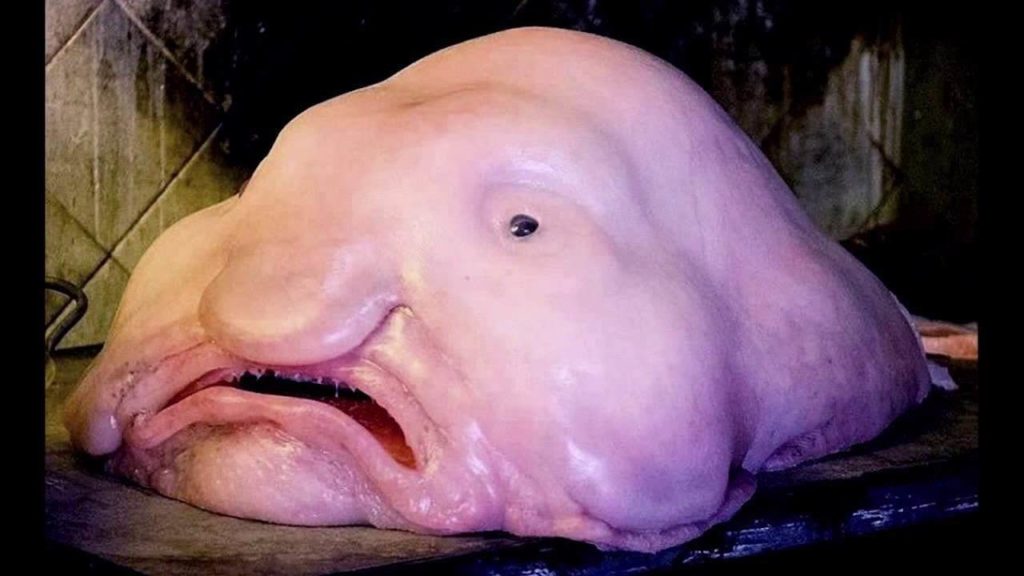
Found in various areas of New Zealand, the deep oceans off of Australia, Tasmania, and other countries, the blobfish has a ridiculous appearance. It is uncommon and hard to find.
Okapi
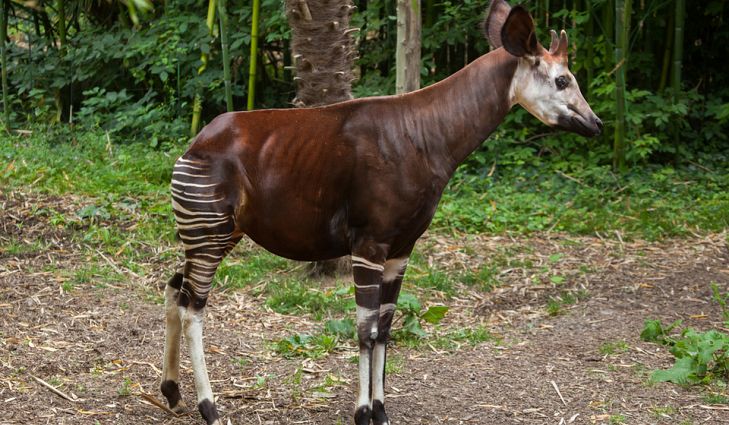
Known by many names like forest giraffe, Congolese giraffe, or zebra giraffe, the Okapi resembles a giraffe quite a bit. They consume fruit, mushrooms, grasses, ferns, fungi, grass buds, and leaves from trees.
Shoebill Stork
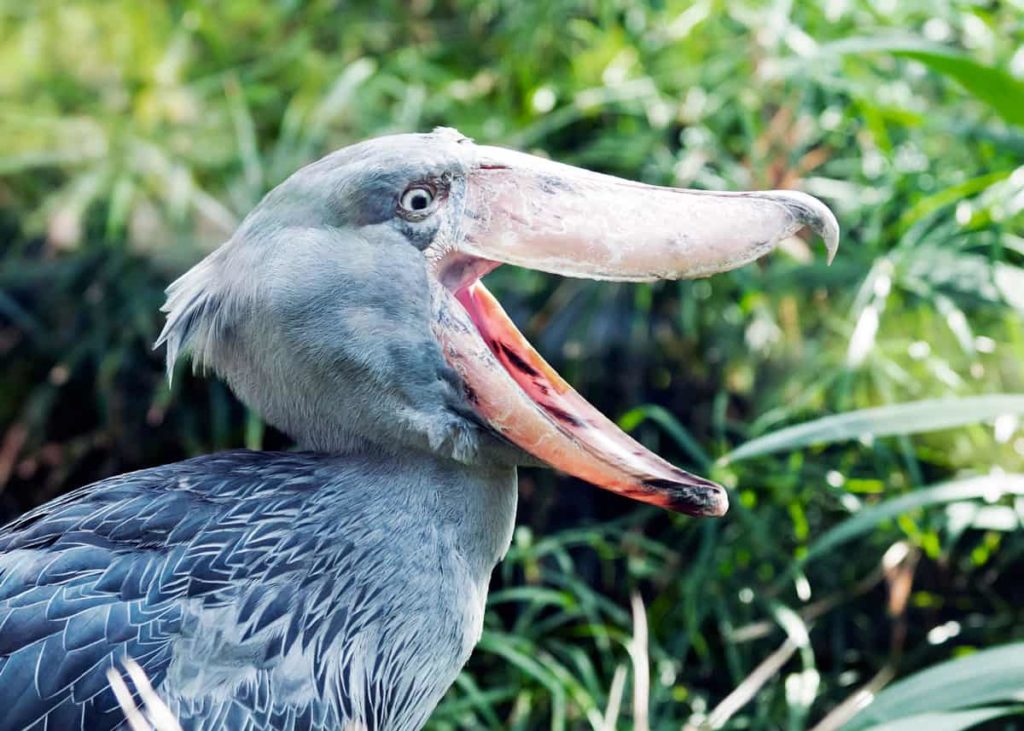
Also known as the whale-headed stork, the shoebill stork consumes fish, lizards, rodents, snakes, and young crocodiles. The researchers discovered the shoebill stork in 1853.
Cantor's Giant Soft-Shelled Turtle
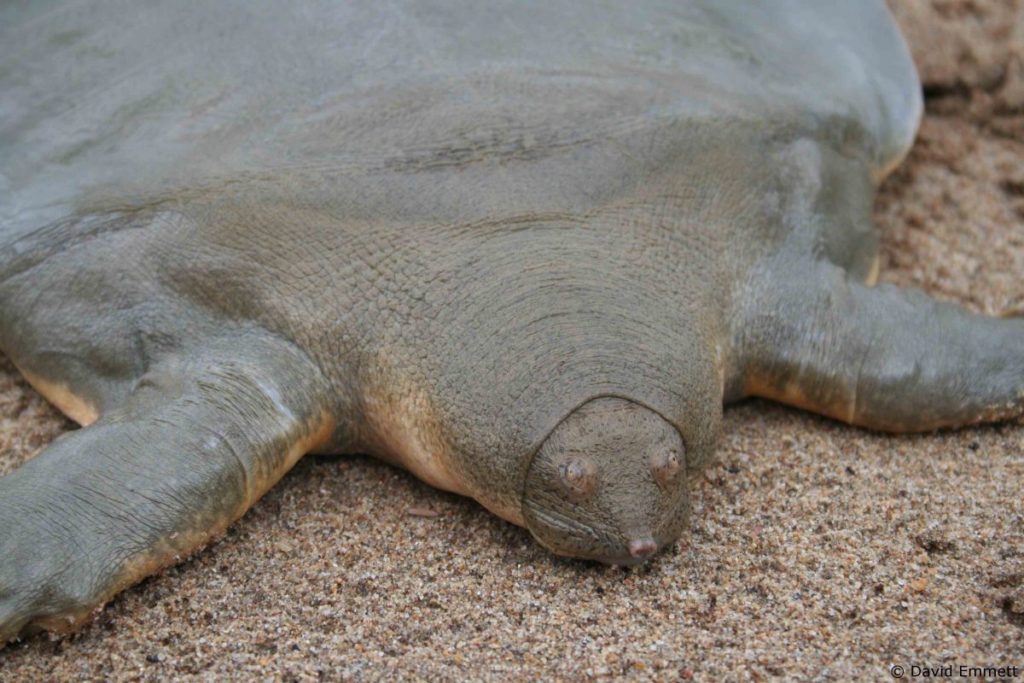
Southeast Asian freshwaters are home to the gigantic softshell turtle. They consume fish, mollusks, and crustaceans.
Sea Pig
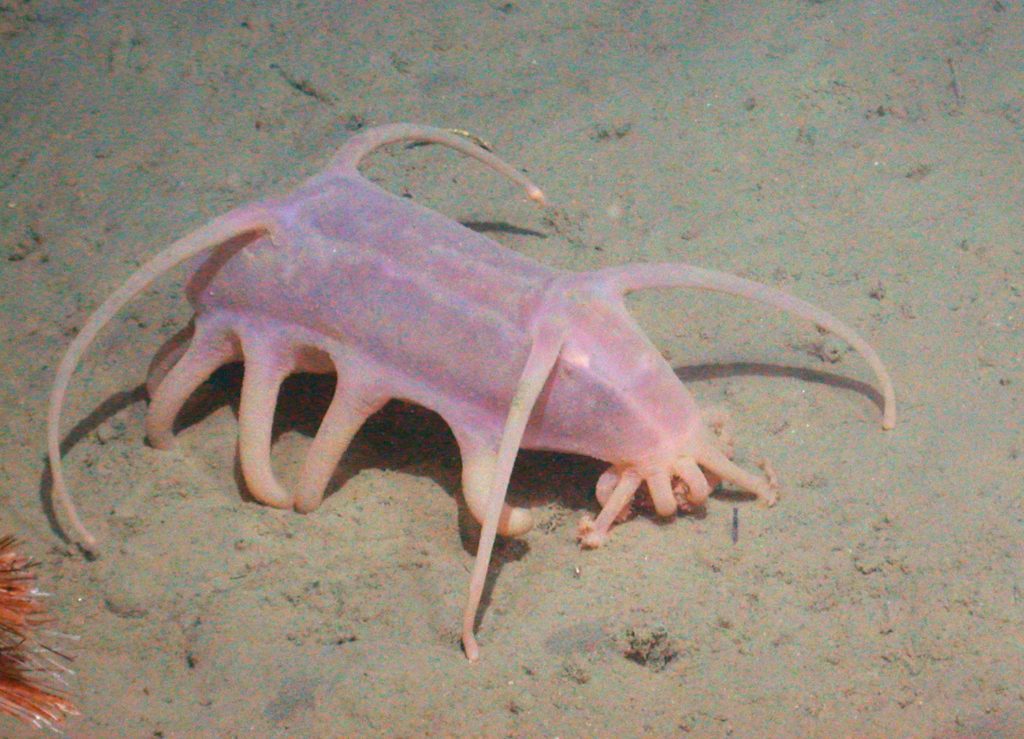
They account for up to 95% of the weight of the animals that live on the ocean floor. However, because of their existence between 1200 to 5000 meters below sea level, sea pigs are infamously solitary and hard to see.
Gobi Jerboa
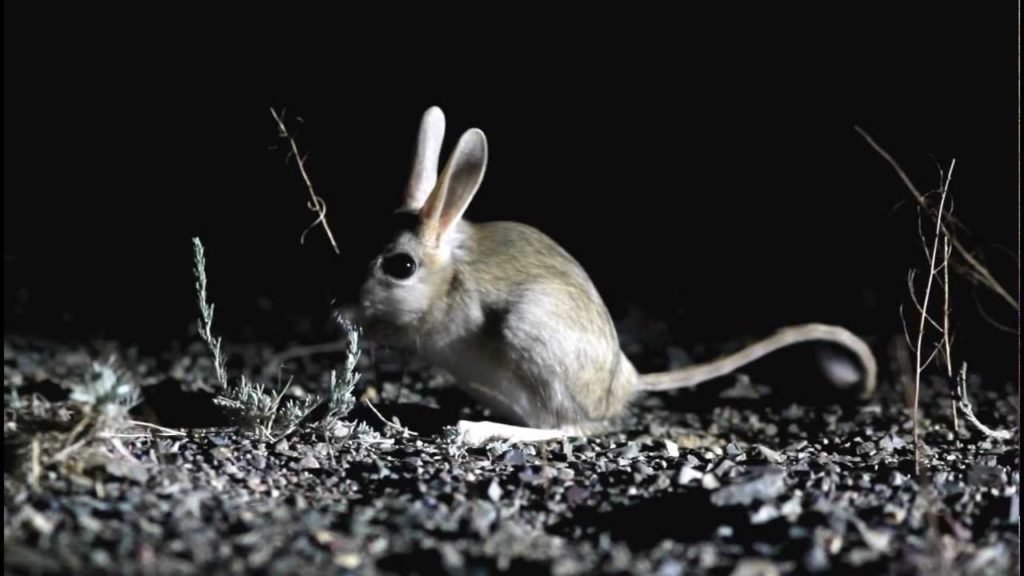
Researchers spotted this adorable tiny creature for the first time in 1925. Native to China and Mongolia, the rodent enjoys grasslands and moderate deserts.
Jaguarundi

This little wild cat, sometimes known as an eyra, is unique to North and South America. Even South Texas and the Mexican beaches are home to these cats!
Angola Colobus
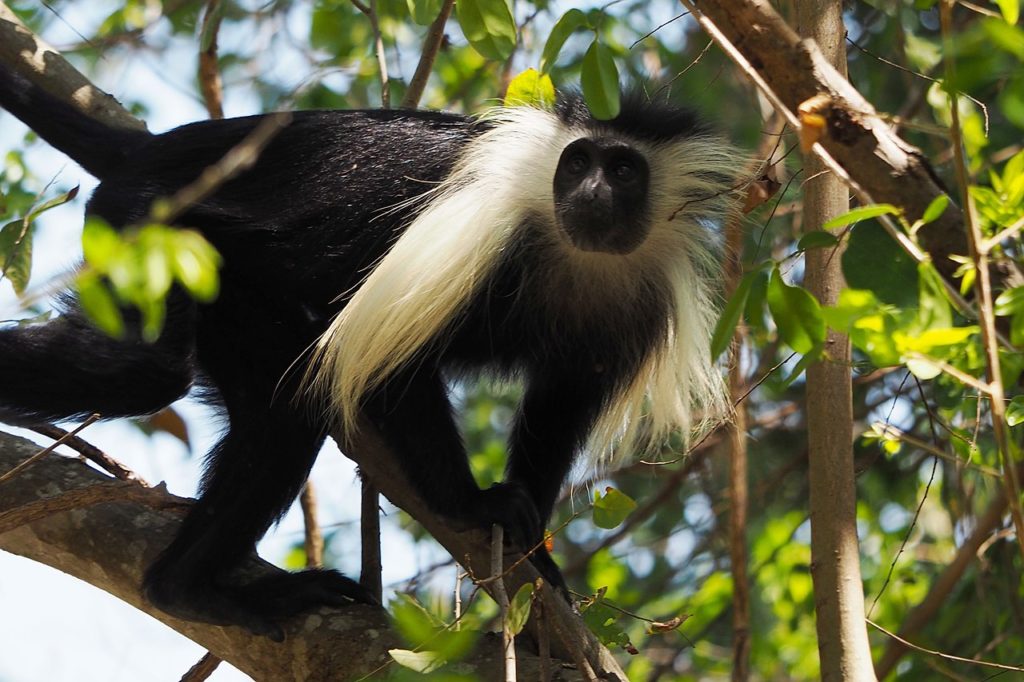
This primate is an Old World species. They consume fruit and seeds. However, they may occasionally eat fully grown leaves. East Tanzania is where they reside.
Thorny Dragon
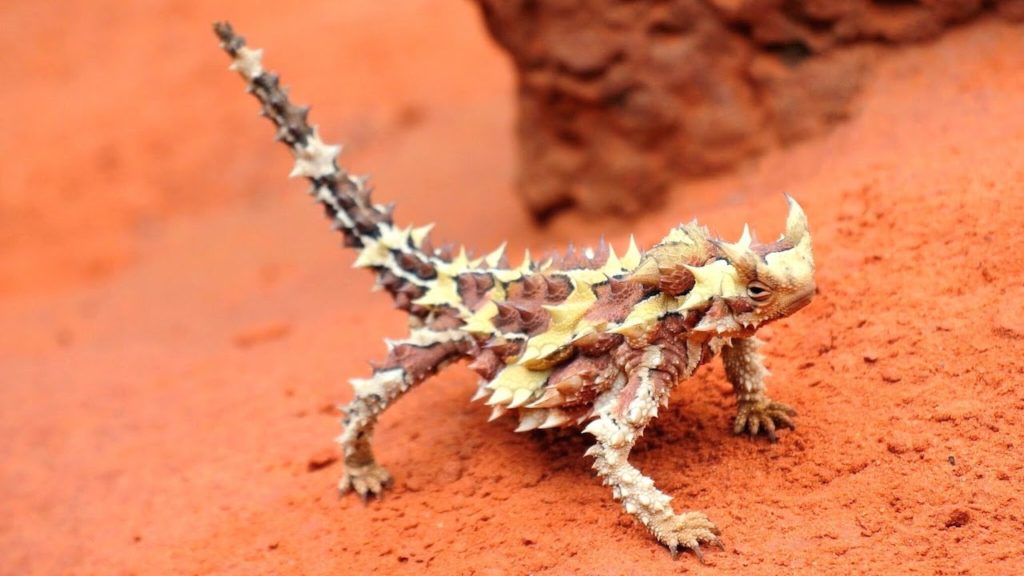
Referred to as the thorny devil, the thorny dragon is a terrible sight. However, if the air is chilly in the morning, you might not notice them since they change their body color to olive-brown.
Squeaking Silk Moth
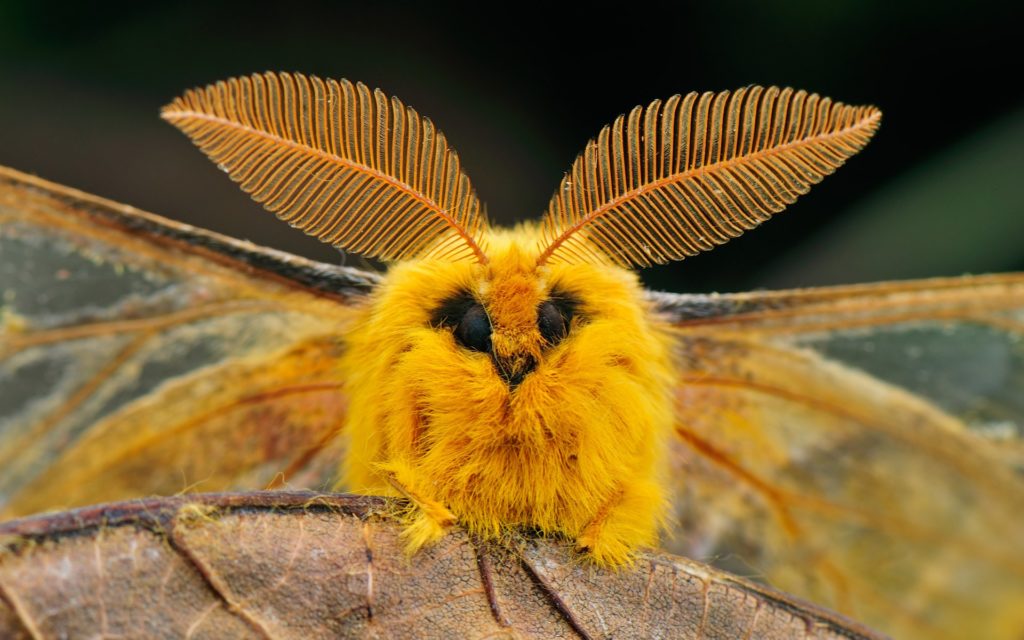
It is not called the squeaking silk moth without reason. While facing danger, this vividly colored yellow moth sends a high-pitched squeal.
California Leaf-Nosed Bat
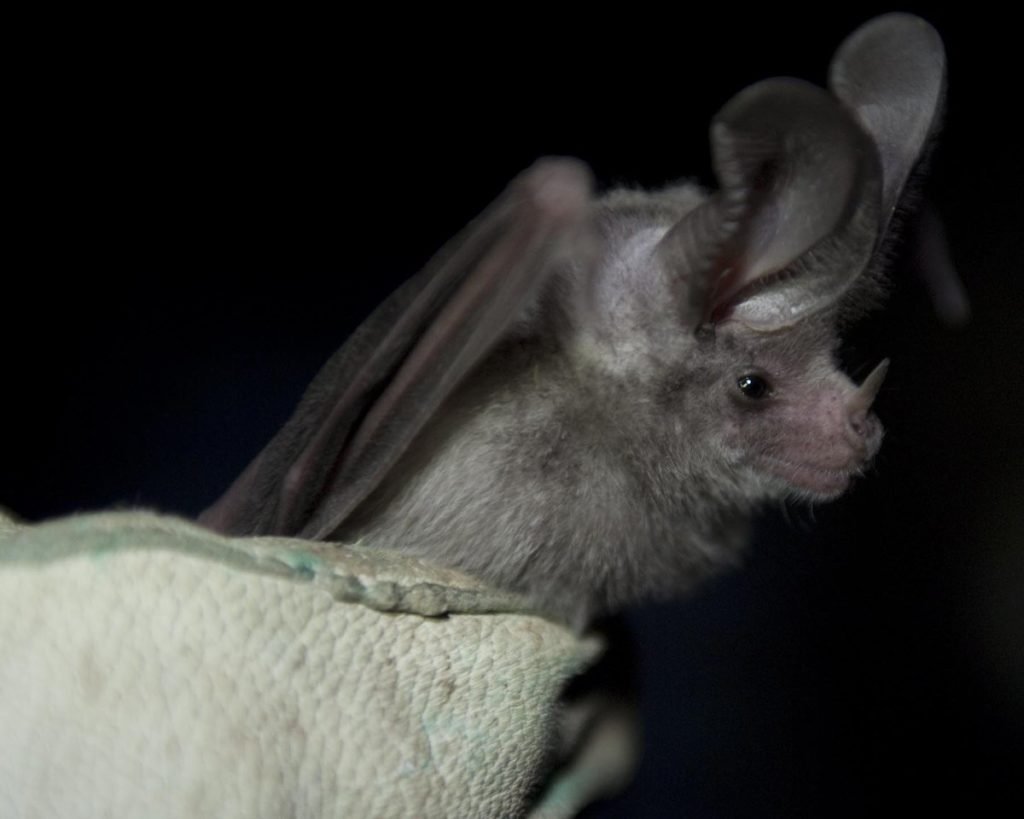
This species, which lives in scorching deserts, is not in danger of extinction. However, loss of habitat might have a negative impact. There is a triangular flap on its nose. It is a high-priority species.
Mexican Soft Salamander
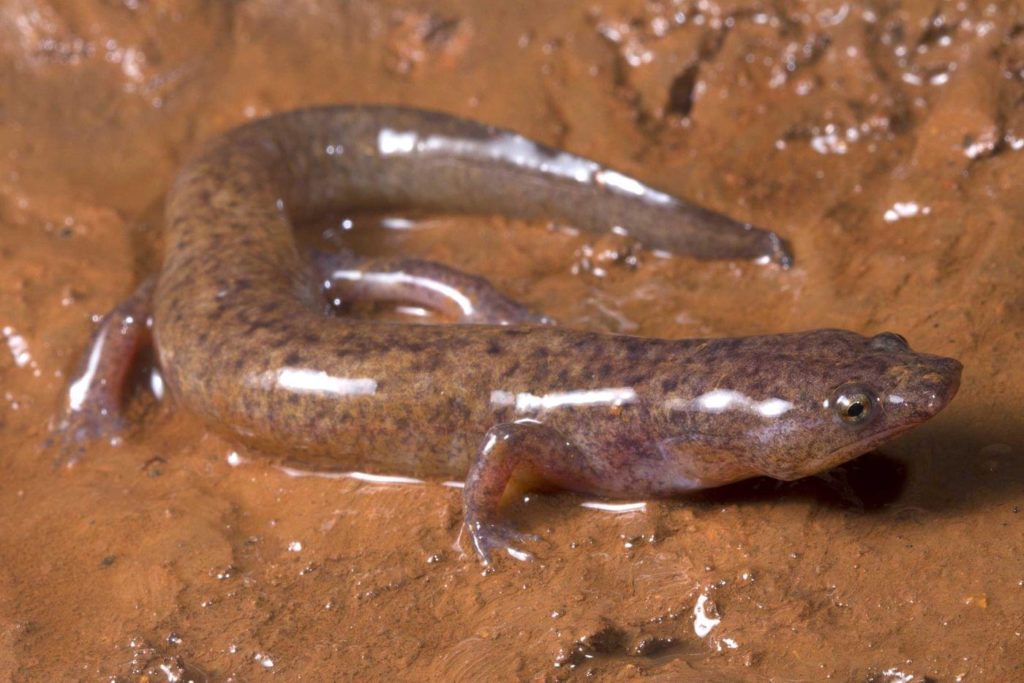
What makes this salamander unique is its ability to regrow complete appendages.
Angora Rabbit
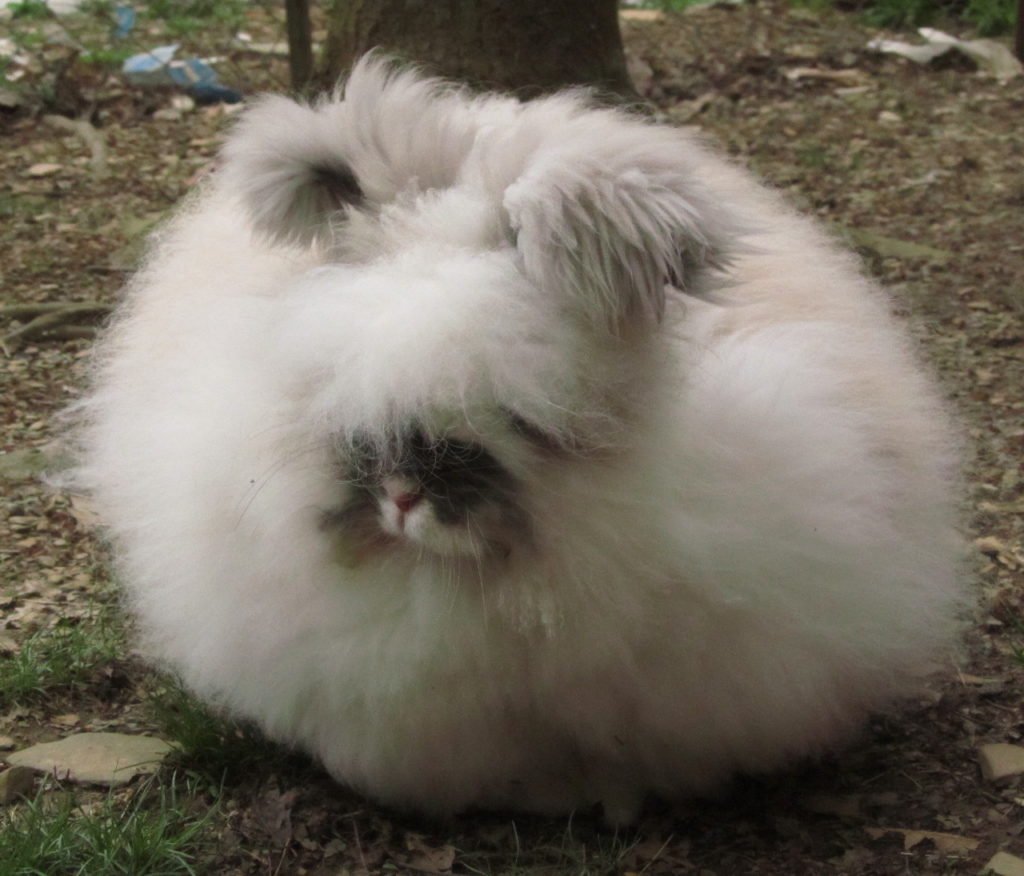
Angora Rabbit is one of the earliest types of rabbit. People breed it for their lovely coats. The wool of an angora rabbit is a valuable substitute for people allergic to sheep's wool.
African Albino Giraffes
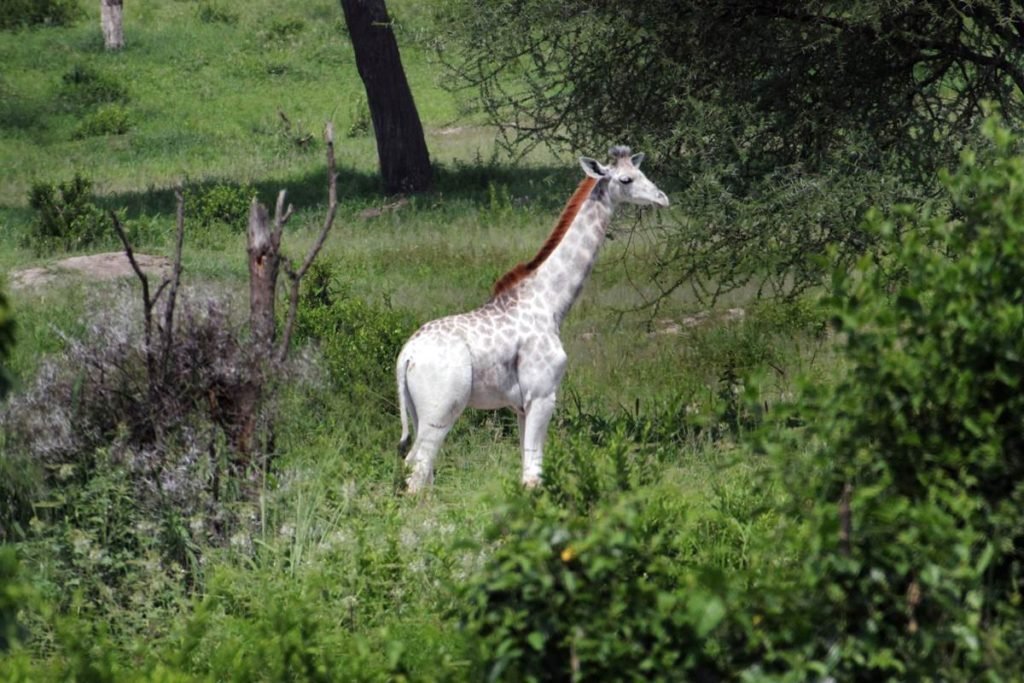
These giraffes are uncommon. You can find them only in Kenya. They are known to suffer from leucism, a genetic disorder. One last saw an African albino giraffe in 2017.
Harpy Eagles
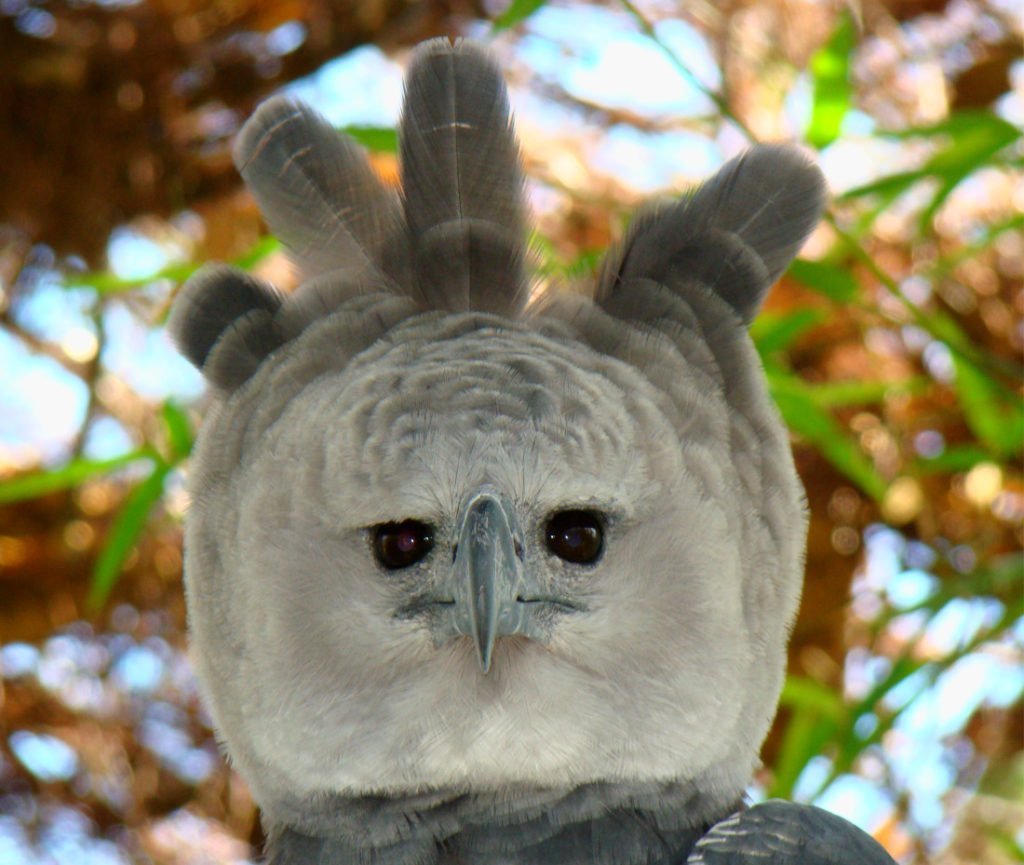
This species inhabits the higher canopy of tropical lowland rainforests. It is the most potent bird of prey you can find there. There are mentions of these Eagles in Greek mythology as Hades-carrying ghosts.
Lady Amherst's Pheasant
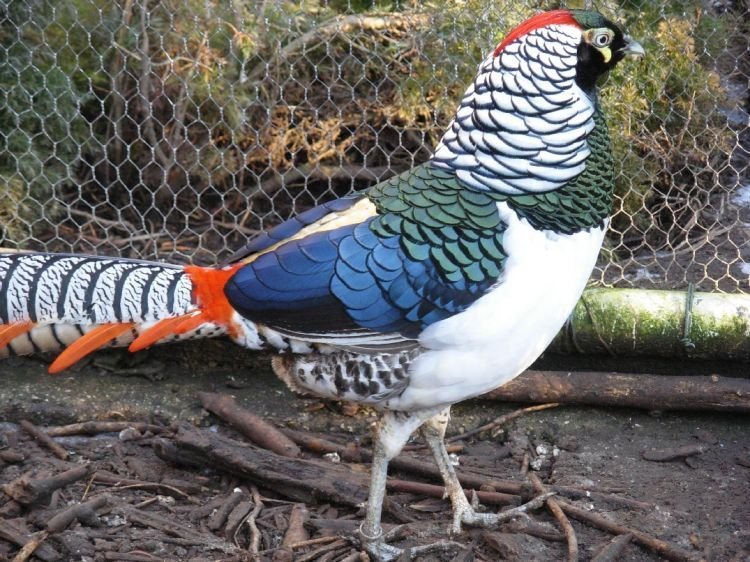
Berries, roots, and seeds are the staple food of this colorful bird. They weigh approximately 2 pounds, which is a considerable figure for birds. In Greek, their name translates to - with a golden crest.
Quokka

Small groups of quokkas have a dominant male as their leader. Its size is comparable to a house cat. They are nocturnal and eat plants only.
Baird's Tapir

This creature with a long nose is the national animal of Belize. Nobody is allowed to hunt it since the law of the land protects it. Tapirs come in four different species.
Japanese Spider Crab

A Japanese spider crab usually lives at a depth of between 150 and 300 meters. It has the largest leg span of any insect, spider, or crustacean and resides in Japanese waters.
Indian Gharials

This crocodile consumes fish, but he seems to be preparing to devour you! Avoid this guy by staying away from India's freshwater banks. Because of trophy hunting techniques and egg collecting, the Indian gharials are critically endangered.
Hammerhead Bat

Equatorial Africa is home to the big-lipped bat, as it is occasionally known. They prefer mangroves, palm forests, wetlands, and woods.
Mola Alexandri Ocean Sunfish

The more popular name for this fish is Mola Mola. With an average weight of 5,070 pounds, it is the heaviest fish in the world.
Bearded Pig

Southeast Asian jungles are home to this hairy creature. Even at the age of 18 months, a bearded pig can reproduce.
Baby Flowerhorn Fish

You can distinguish a baby Flowerhorn fish by its vivid colors. They are artificial hybrids that only exist in the wild due to deliberate releases.
White Deer

Following serious endangerment, this unique herd inhabits the Seneca Army Depot. Their habitat is limited to 10,600 acres. The depot came into being in the 1950s. Since then, the deer herd has been growing.
